When I consider the amount of time I’ve spent working with everyone at TWiT over the years, I’m overwhelmed by the sheer volume of experiences, the fluctuating cast and crew of amazing people I’ve worked with inside of the company as well as the waterfall list of people who I’ve collaborated with outside of the company.
There is no denying the fact that TWiT is a podcast industry icon. Leo Laporte started the This Week in Tech podcast in 2005 when the term “podcast” was still in its infancy. That podcast (or netcast as Leo liked to call it) evolved into a network and with that evolution came expansion.
My time at TWiT began shortly after Tom Merritt was hired away from CNET in 2010. Before that, I had enjoyed several years producing Buzz Out Loud for him and Molly Wood. Tom was tasked with starting up a new daily tech news show (drink!) on Leo’s network that would soon be called Tech News Today. A few months into production of that show, I got an email from Lisa Laporte (then Lisa Kentzell), CEO of TWiT, to come to the TWiT cottage in Petaluma and talk about a job producing for Tom. I was elated, I had never been sought after for a job before. It felt really good to be pursued.
I started in September 2010 and immediately got to work with Tom, Sarah Lane, Becky Worley, and later Iyaz Akhtar. The cast of TNT shifted daily, with Darren Kitchen, Dr. Kiki, and so many more in the awesome rotation. I was so hyped (if not a bit stressed) when I started at TWiT that not two days into my employment there, I came down with the shingles and had to take several sick days to recover. I recall being worried about that circumstance. “I just started this awesome new job and I’m already calling in sick!” But the team was incredibly supportive as I took the time needed to get healthy and back to work. Oh and not for nothing, but we won an award at a legit awards show in Las Vegas in 2012, so that was cool!
A few months into my employment, Eileen Rivera, Leo’s producer at the time, asked if I would be interested in workshopping a show focused on the Android mobile operating system. We began experimenting with the format and within a few beta episodes had roped Ron Richards to join the project. A few months later, All About Android launched with energy and excitement as we hopped onto the weekly hamster wheel of Android new coverage that would largely define (for me, anyway) some of my most enjoyable moments and experiences during my time with the company. AAA was a Tuesday evening hangout sesh with some really great friends… oh, and it also happened to be a show about the Android OS.
Soon after I was hired, I started to hear about plans to move into a larger space. The TWiT cottage was incredibly small and cramped, the company was growing, and we needed the space to spread. With expansion in mind, we started to hear and see more information about a move to a MUCH larger building a few blocks from the cottage. It was designed in the vision of the Tech TV studio set and was to be a MASSIVE upgrade. Let me tell you, we were all so incredibly excited about what this meant for TWiT and the content we were producing. As someone who had visions of someday working in a professional recording studio, this felt like I was finally in on something that might bring me closer than I had ever been to that reality.
I recall walking through the new space while it was being constructed with awe and excitement. Seeing the build happen in real-time, catching glimpses of the blueprints, and envisioning what everything would soon become. Again, being a part of a small but fortunate team of professional media creators who would soon enjoy the space as a literal playground for technology content.
On the day when the new studio would be put into action, I was saddened to have to stay home with my daughter who was sick which meant I could not partake in the grand parade down the streets of downtown Petaluma that stretched from the cottage to the Brick House with a live stream in effect the entire way leading to the first episode of content from the new facility. I watched the festivities at home in real-time and wished I was there with everyone celebrating the victory that was the TWiT Brick House. I was also incredibly proud of a piece of video that I was lucky to be able to produce: A transitionary video that would be played at the moment the feed from the cottage was turned off and the cutting-edge system of the Brick House was flipped on. I watch that video now and I can feel the excitement I felt at the time watching the livestream as the transition occurred.
The Brick House was a special studio. The open concept of the studio itself created a unique signature for all of the content produced in that space. A unique turret in the center of the studio housed a Tricaster media switcher, mixing board, and an insane bevy of broadcast tech that I, as one of the Technical Directors on staff, learned to play like a piano in the coming years. I say turret because, like a tank, that center control deck could rotate to face one of the five separate studio sets within the main production area. Leo also had his office which acted as yet another set for some of his shows as well. Later, we added a Studio B in the back that wasn’t as much a live studio as it was a space for pre-recorded content, tech unboxings, green screen experiments, and more. Together, this gave those of us looking to devise and create new podcast experiences and experiments an insane canvas with which to work.
There were media tours, broadcast class visits, spur of the moment drop-ins by technologists showing off their latest cutting-edge creations. Not to mention, some shows were so popular that we could fill the space with a studio audience which gave the live shows added energy. There is nothing quite like a live laugh track to raise the excitement of a panel.
That open-concept studio was its unique signature, but it was also a challenging media production environment. Much of the staff worked in that open studio space including those doing more business and administrative work. This meant that everyone had to do their work in relatively hushed terms while live shows were underway. On video, all that background bustle had a lively and unique energy to it. But doing the day-to-day tasks while wondering if a mic was open that might broadcast your random whispers to the world took some getting used to.
We spent five years in the Brick House, and a lot of change happened during that time. Tom Merritt moved to Los Angeles and was ultimately let go which prompted his launch of the very successful Daily Tech News Show podcast. Iyaz Akhtar took a job at CNET. Sarah Lane became Executive Video Producer at TechCrunch. Mike Elgan was hired as TWiT’s News Director and headed up the new iteration of Tech News Today. Fr. Robert Ballecer was hired as a host with a unique tech perspective after contributing content as a fan of the network. Megan Morrone was brought back into the TWiT universe, having done a podcast called Jumping Monkeys with Leo several years prior. Looking back, so much change happened in the span of five years that it was dizzying to me, and I wasn’t always certain exactly where I fit amongst it all. I wasn’t sure what I wanted for myself amidst all of that change.
I found myself jostling between comfort and concern. Specifically, what do I want for me and my family? We had moved from San Francisco to Petaluma in 2012, largely because of the job I held, and were entrenched in this town we now called home. My job was a four-block walk from our house. I felt like an integral part of a large operation with a small team, and that was rewarding. I could support my family comfortably and felt like my skills were needed now more than ever at the company.
However, many of the people I started with at TWiT were no longer there, and I could not help but look at my position within the company and wonder “Should I stay or should I go?” Ultimately, I decided to stick around and continue exploring the possibilities within the TWiT universe. It felt like the right decision for the stability it provided my family, and I felt like there was more growth to be had.
About this time, a classic franchise from Leo’s TechTV days was being resurrected and I was asked to participate. The New Screen Savers had been thrown around for quite a while before finally making its way to the TWiT stream in 2015. In many ways, TNSS was the most “real TV studio” that TWiT ever felt to me. We did a good amount of on-location package shoots that helped me hone my interview chops. I got to interview the team behind the Infinadeck which you saw featured in the film Ready Player One. I did VR-assisted indoor skydiving (and nearly broke my neck in the process due to a wardrobe malfunction, footage that did not make the final cut.) I visited tech expos and walked the floor chatting it up with CEOs and founders of “the next big thing” (which history would show did not end up being the case, much of the time.) I had the most amazing opportunity to visit a roller coaster at Six Flags one morning before the park opened. Producer Anthony Neilsen and I got to ride as many times as we liked as we covered the VR-assisted technology that attempted to take the coaster to the next level (spoiler: riding without VR was better.)
But perhaps my most enjoyable memory from TNSS was before the show ever began. We blocked out a weekend to film the opening sequence for the show. Saturday was spent in downtown San Francisco with all of us assigned Segways as a film crew placed us in notable and classic destinations. The weather was gorgeous, and we were thrilled to be the dorks who we were riding through town, goofing off, and getting paid to do it. On Sunday, we spent the day in downtown Petaluma as well as on the outskirts of town. It was all highly imagined, scripted, and expertly executed by the production team. And I wasn't behind the camera, I was there on the set with the rest of the on-screen talent.
I recall the day Lisa Laporte and I had a conversation that would change everything for me. Lisa said she wanted to see me step up to the role of host on the network. She told me she believed I had what it takes to do it. I was excited, and ultimately pretty surprised by the proposal, but also incredibly nervous. I didn’t always feel like I knew everything there was to know about a particular news story. I often battled with imposter syndrome when it came to sharing my thoughts or opinions on a particular topic on the shows. But Lisa insisted that I had what it takes to do it and to excel. She encouraged me to embrace the discomfort. I could not pass up the opportunity to try something new.
Megan Morrone and I were put in control of Tech News Today at the start of 2016 after Mike Elgan left to travel the world as a digital nomad, and our goal was to revisit the original formula for the show. (We even had Tom Merritt as our very first guest!) Creating and hosting a daily news show like TNT required constant guest booking, a broad understanding of the many facets and nuances of the always-changing news threads, and consistency in process and execution. Having Megan as my partner in podcast made all the “winging it” much easier and enjoyable. I’m incredibly proud of what Megan and I produced, and I learned so much about the level of preparation I required to feel comfortable having freeform discussions with others about complicated technology topics. Over time, that imposter syndrome lessened, though never disappeared completely. I simply came to terms with the fact that I needed time to read, digest, and notate the stories we tackled daily. Also, I will never know EVERYTHING about a given topic and not knowing is, in fact, ok. I also got comfortable with my teleprompter skills and found my voice in how I wrote copy that was intended to be read on camera. It was a masterclass in becoming a full-time video host.
Soon after, we started hearing about another studio transition. The TWiT Brick House had such a profound signature style to it that the thought of moving to a business park on the other side of town sounded if I’m honest, bland and unexciting. (Even if I understood the reasons why.) The Brickhouse was a massive space, for one, and all that space was expensive to support. Not to mention, its downtown location carried with it a premium of its own. There was also some ownership drama attached to the owners of the building itself and Lisa and Leo ultimately felt like it made sense to scale down and move out before that got out of hand. And so, the build-out of TWiT’s Eastside studios was underway and we began to say goodbye to the Brick House.
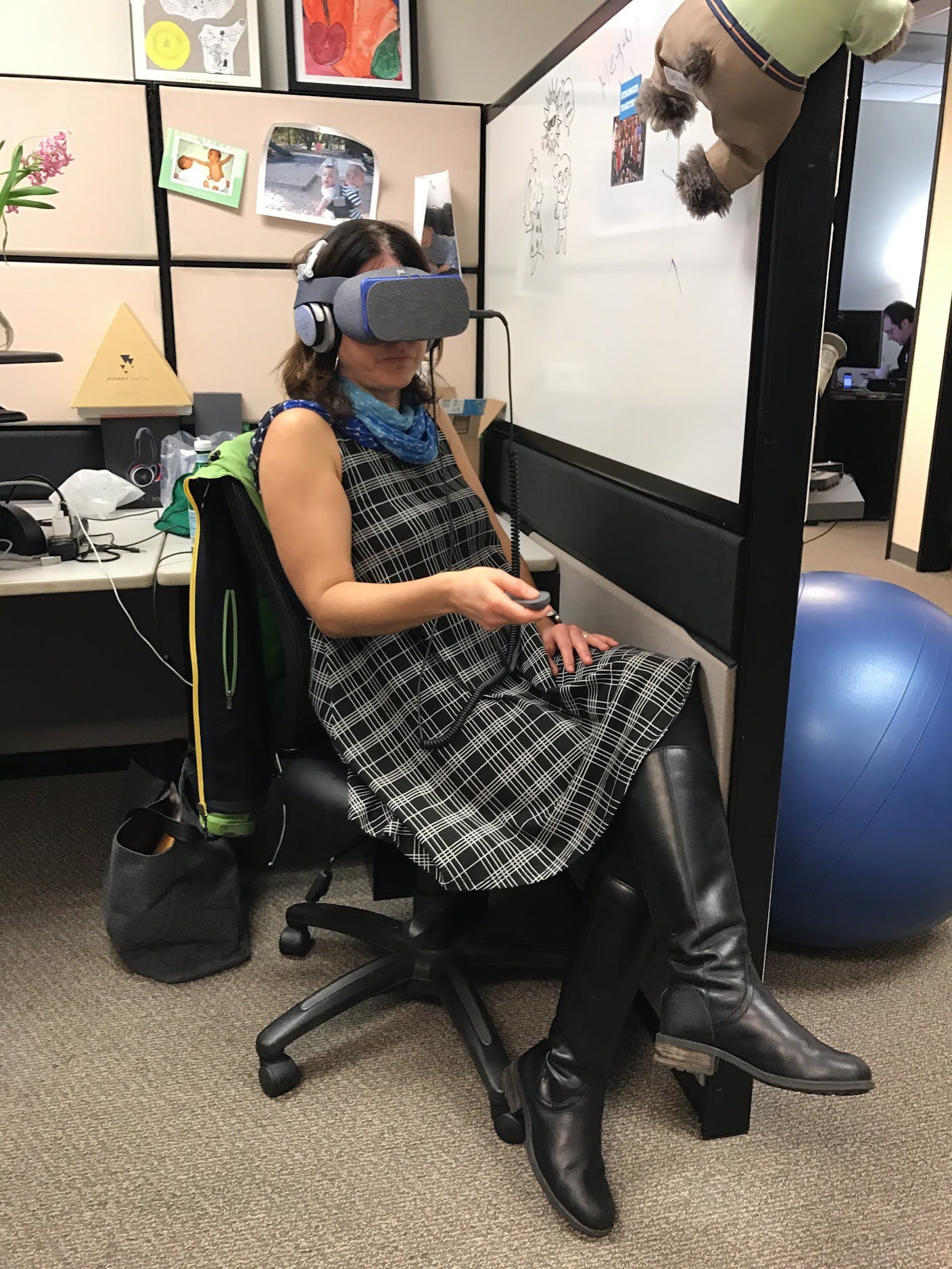
The vibe of the new space was especially “office-y” by comparison. The studio layout was confined to a large (but not Brickhouse large) production room that had this magical invention that I appreciated in time: A door. No more was production out in the open amidst the clatter and distraction of an office. Now the door would close and we as hosts could focus on why we were there in the first place. I expected to be let down by the new space, and as much as I loved the unique energy and signature of the Brick House, I grew to love the new digs over time.
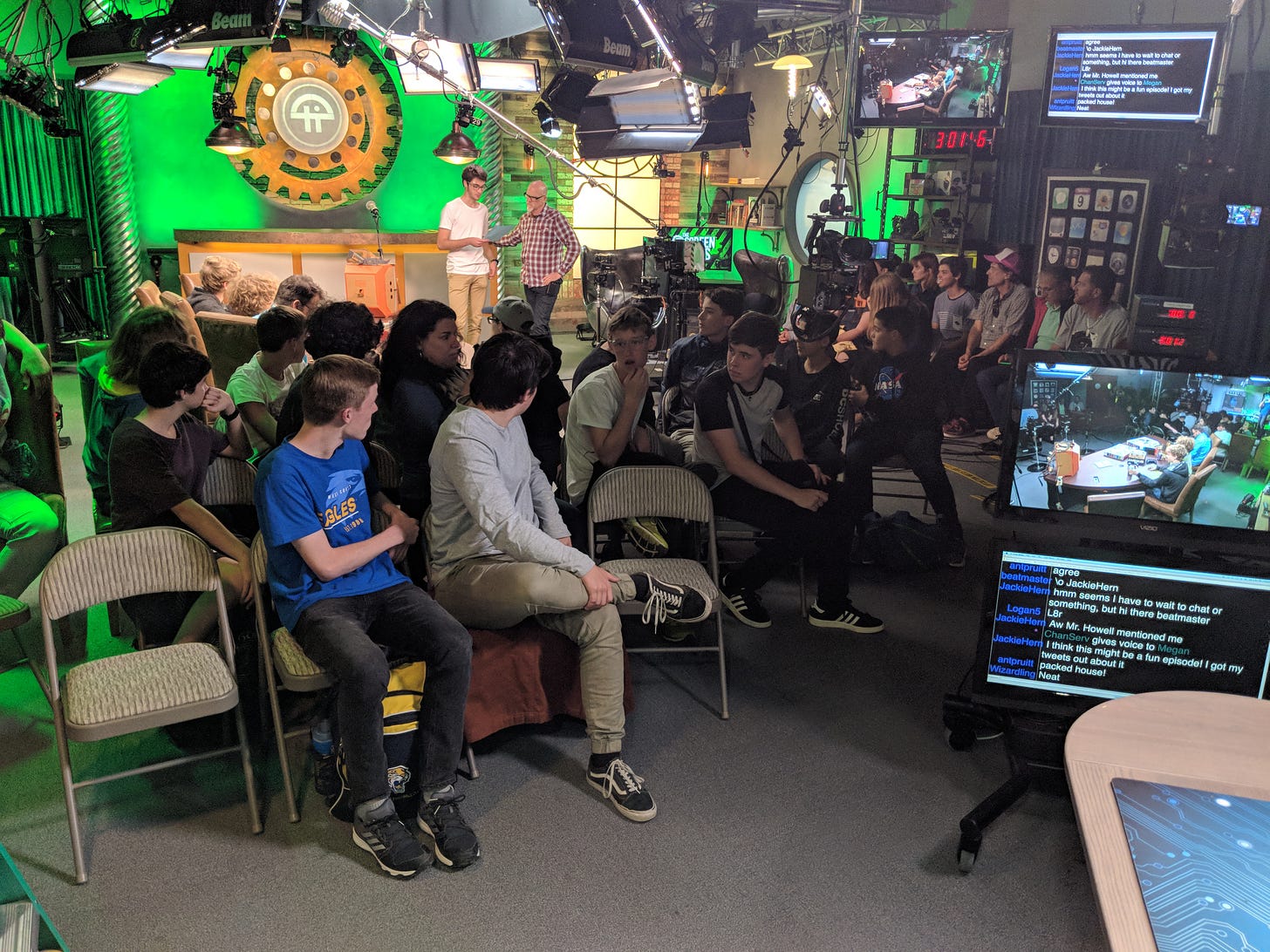
Tech News Today eventually became Tech News Weekly when the daily show grind became increasingly more challenging to support from an advertising perspective. I was never close to the calculus that was used to determine the costs of a particular show, but we were told that sponsor interest wasn’t covering the costs associated with the daily production so instead of killing it altogether, we turned it into a weekly news show that relied a bit more on interviews with “people who are making and breaking the tech news.” Now, instead of booking five guests across five episodes per week, Megan and I were booking four interviews on a single episode. That posed an assortment of challenges, of course, but TNW evolved over the years to become more of a balance between big-opportunity tech news interviews and some key story discussions between the hosts. It was an incredibly rewarding opportunity to sharpen my interview skills and fostered in me a love for the art of the interview.
About the time that Megan Morrone announced that she was moving on from TWiT to join Medium in 2019, Mikah Sargent was hired to become one of TWiT’s newest network hosts. Mikah joined me on the TNW set in Megan’s place and we forged ahead with the original mission of the show together while learning about each other in real-time on set. The end-of-show high five quickly became an end-of-show fist bump! I will always appreciate Mikah for his mindful approach to production, and his ability to bring a deep level of empathy to the work environment and the show content itself.
Mikah also taught me a valuable lesson that I carry with me as a podcaster. While preparing for an episode of TNW, I was knee-deep in research and note-taking for an interview I was trying hard to understand in advance. I felt I needed to have all the pieces in place before the show happened which had long been my standard approach. Mikah and I got to talking about this and he shared a term I had never heard before. Mikah said, “I’m a pantser.” What on Earth is a pantser, I asked. He described it as approaching his work with ample preparation, of course, but leaving room for an interview or a discussion to go in whatever direction it needed to go. A pantser, as in “flying by the seat of your pants.”
Lisa and Leo had both shared with me in the past that sometimes you are better served letting the moment be what it is and not having everything planned out so tightly the way I had become accustomed to over the years. It’s a bit risky sometimes, but the best moments can happen inside that unplanned space. So I began to loosen my grip on my prep process and leave air for things to just… happen. I practiced letting go of my need to “know as much as possible” (a perfectionist pattern) scripting out every last detail, and instead trusting that I know ENOUGH to talk about these topics with a sense of understanding, but also with a curiosity about that which I DON’T yet know. My approach to shows changed completely and I am eternally grateful for that shared wisdom. It made podcasting a lot less stressful and much more enjoyable for me.
Ant Pruitt was hired soon after Mikah and I was so excited to have him join the team as well. Ant had crossed my path a handful of times over the years. Sometimes he would write into the All About Android email inbox with a thought or opinion on something we discussed on the show. Sometimes I’d read his editorial content on ZDnet and other publications. He always seemed like a solid, down-to-earth dude, and that’s Ant in a nutshell. Always supportive, willing to help in any way possible, and extremely knowledgeable in the art of photography and technology. A creative at heart, something I deeply identified with. Every day to Ant is “unbelievable as always.”
When COVID-19 reared its ugly head, the network was forced to change direction as did so much of the world, and we were all relegated to our homes to continue our podcast work. TWiT engineers worked their tails off to get us hosts set up with all the technology needed to do all our hosting duties from home. I converted the corner of my master bedroom into a compact podcast suite that was so tightly integrated that I had to do dramatic acrobatics just to get into the seat and in place for a show. Once it was all in place, it was business as usual as our content production didn’t miss a beat. It also showed all of us how much overhead running a full-fledged TV studio like we had since the beginning carried with it when practically all of our jobs could easily be done from our home studio setups… You know, the way most podcasters do what they do! The studio model was increasingly becoming a burden from a cost perspective, and COVID brought that even more into focus.
We got pretty creative with special content during the lockdown. One of my favorite specials was the TWiT After Hours Shelter-in-Kitchen cooking challenge. Ant Pruitt, Mikah Sargent, and I were given a small amount of surprise ingredients delivered to our doorsteps and got to realize any dreams we may have had of being a contestant on a live and televised cooking competition. Andy Ihnatko and Mary Jo-Foley were the judges, and what ensued was one of the more creative events TWiT had ever produced and it all happened out of necessity during a difficult time. My daughters were my sous chefs and we talk about the experience often in our family.
We launched Club TWiT during COVID-19 as a way to give fans a direct line of support for the network on a personal level. It also gave us another playground in which to try new ideas and have some fun during a time that was often scary and suffocating. Post-COVID, the podcast advertising market began to suffer. I was never close to those challenges firsthand. My job was ultimately to make really good shows, be it in front of the camera with the shows I hosted as well as behind the camera producing some of Leo’s biggest podcasts like This Week in Tech, This Week in Google, and Security Now. As much as I tried to distance myself from the “business-y” stuff, there was no denying that the podcast landscape was shifting from a monetary perspective.
My layoff didn’t come as a complete surprise to me. I had been noticing the industry changes a few years prior which had triggered a lot of thinking about what my life and career would be like if my time at TWiT were to reach its end. I felt a pressing need to understand the reality of the situation. My family depends on my ability to be resilient in the face of a major transition like this, and I’m fortunate to have been considering all of this ahead of my conversation with Leo and Lisa earlier this month.
In the few weeks since my layoff, I’ve had a lot of time to reflect on what TWiT means to me and how important it has been to help shape the man I am today. I was able to continue to explore my own professional identity and did so on a worldwide public stage. I was joined by some of the most amazing colleagues within the walls of TWiT, a team of people who all had professional content creation as their north pole while keeping things fun and creative along the way. I have been blessed with an insanely passionate and dedicated online fan base, a community I never take for granted for the gift they give me every single day with the content I create and the career they enable. I had the opportunity to meet and foster friendships as well as working relationships with industry pioneers and have the opportunity to continue my work with them beyond. I was paid a living wage to work in a cutting-edge studio facility located in the small town I live in about an hour away from San Francisco. My commute to and from work was seven minutes each way which gave me even more time to spend with my growing family.
Every job carries with it the good and the not-as-good and TWiT is no different. But I deeply appreciate what I have in this life as a result of my time with the company. I simply would not be the man I am today if I hadn’t spent the past 13 years working there. And I’m rich with some amazing friends and incredible memories as a result.
I wish the team at TWiT all the best as they venture into 2024 during uncertain times. I believe they have what it takes to see themselves through this challenging economic climate in podcasting. They certainly deserve to, having been there from the beginning, and I wish them all the best in the new year and beyond.
Thanks for indulging me in this retrospective look at my time with TWiT. Now, as I look ahead into 2024, I can’t wait to share what I have in store for you all. It’s going to be an interesting journey filled with uncertainty, but that’s life in a nutshell, and I’m here for it. Happy new year!

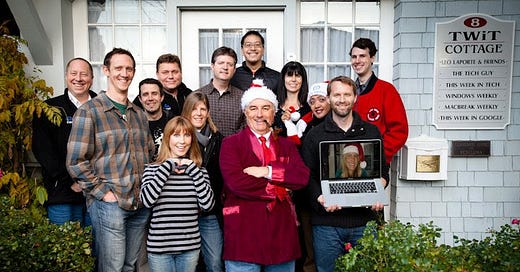


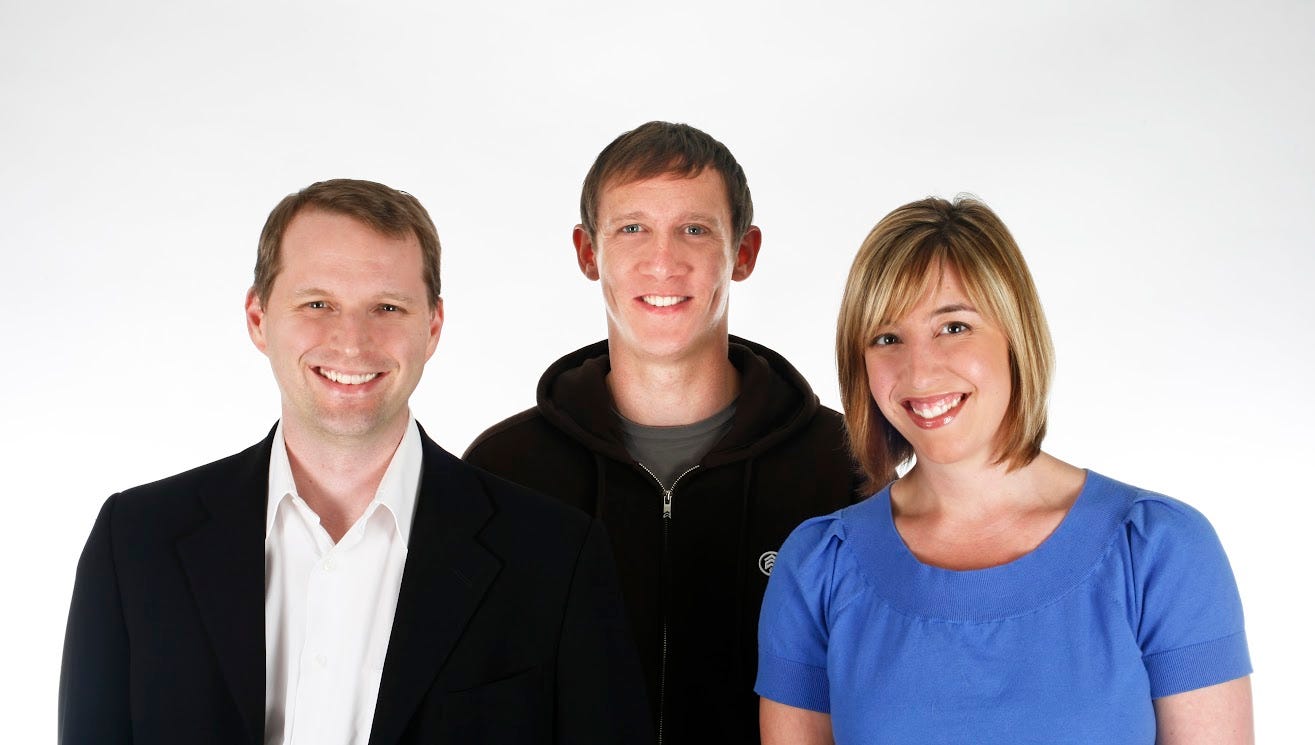



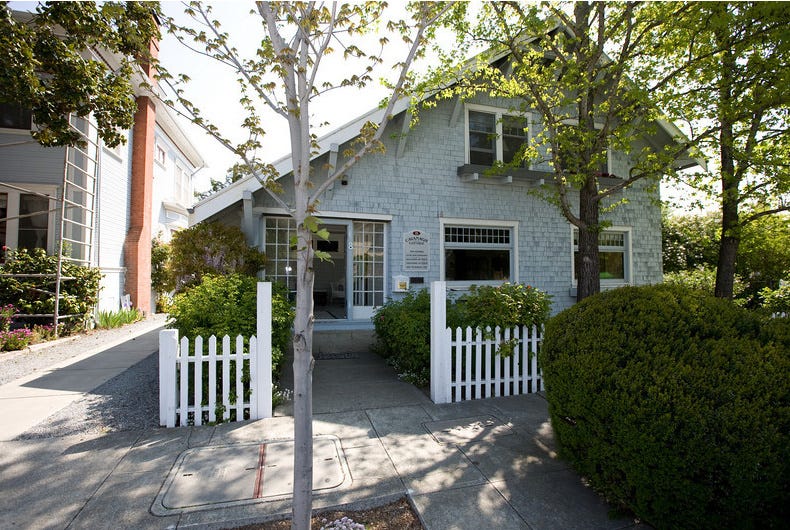

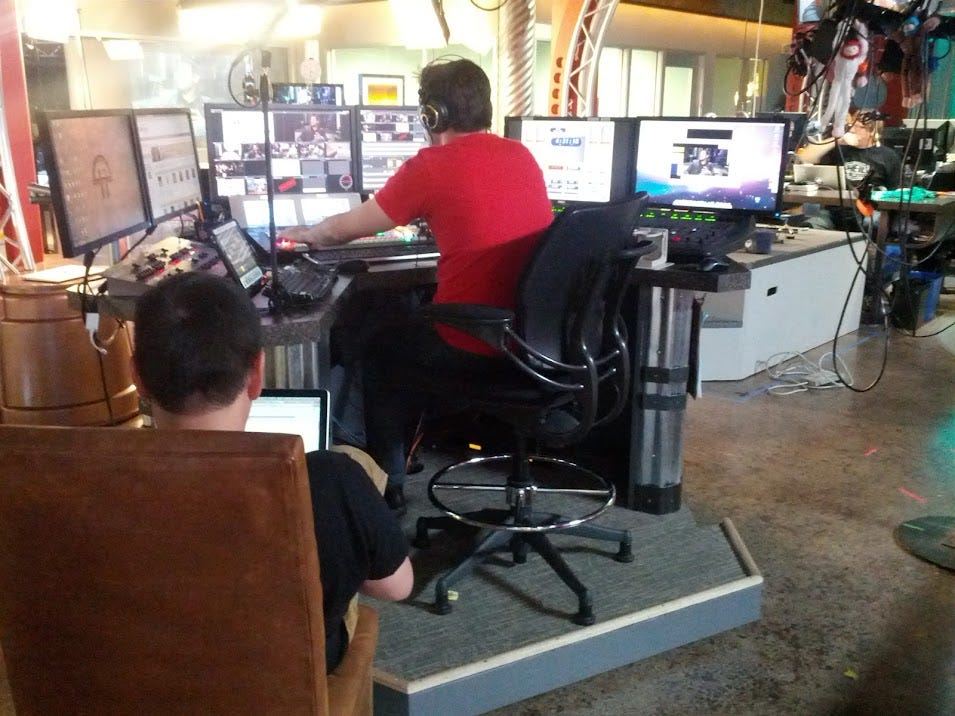
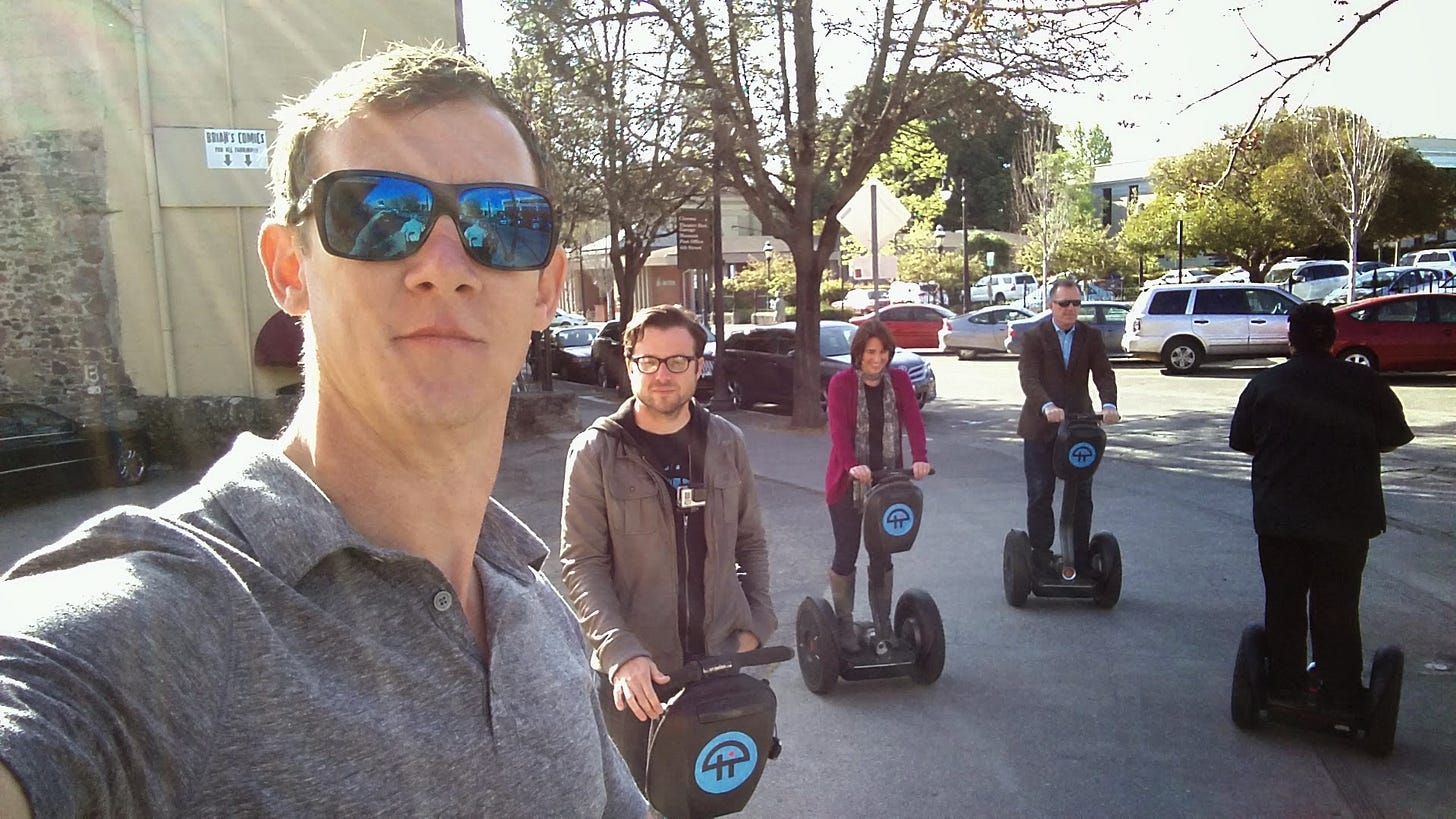
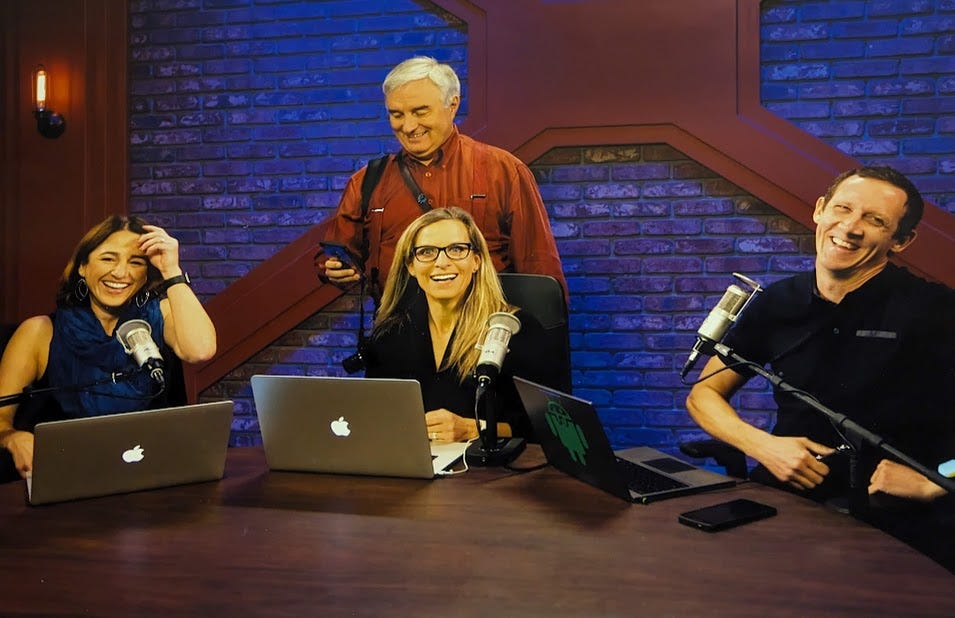
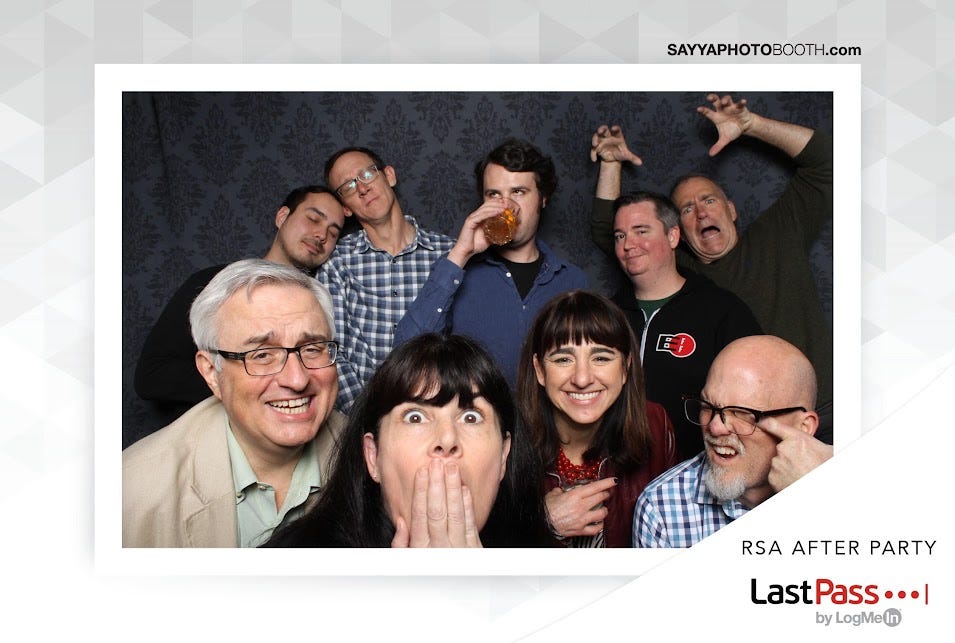
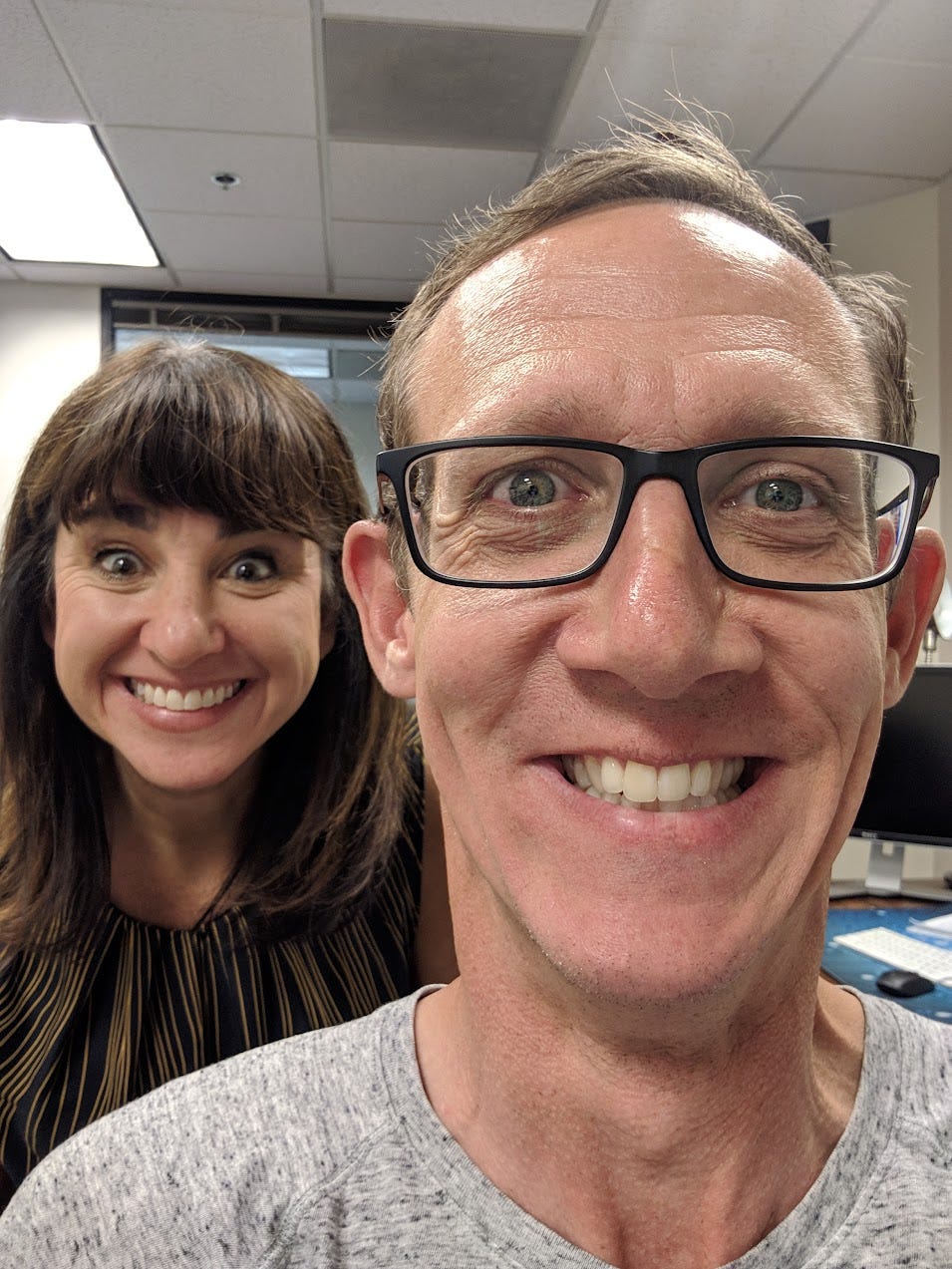
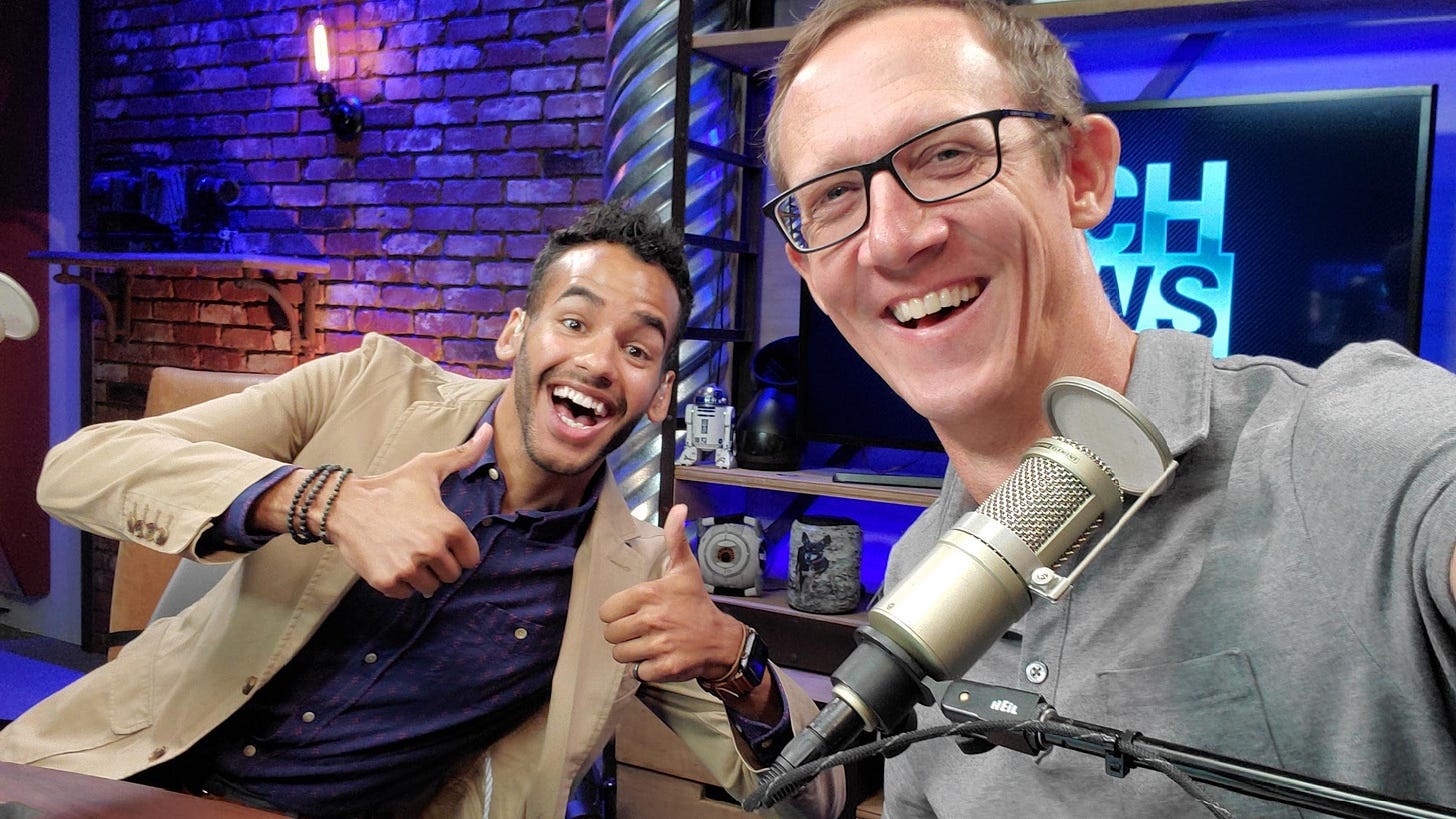
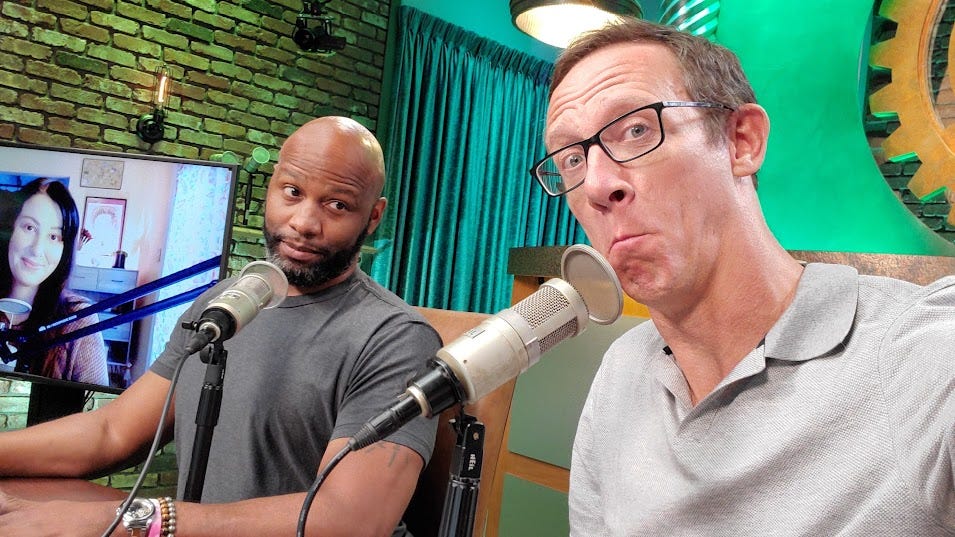
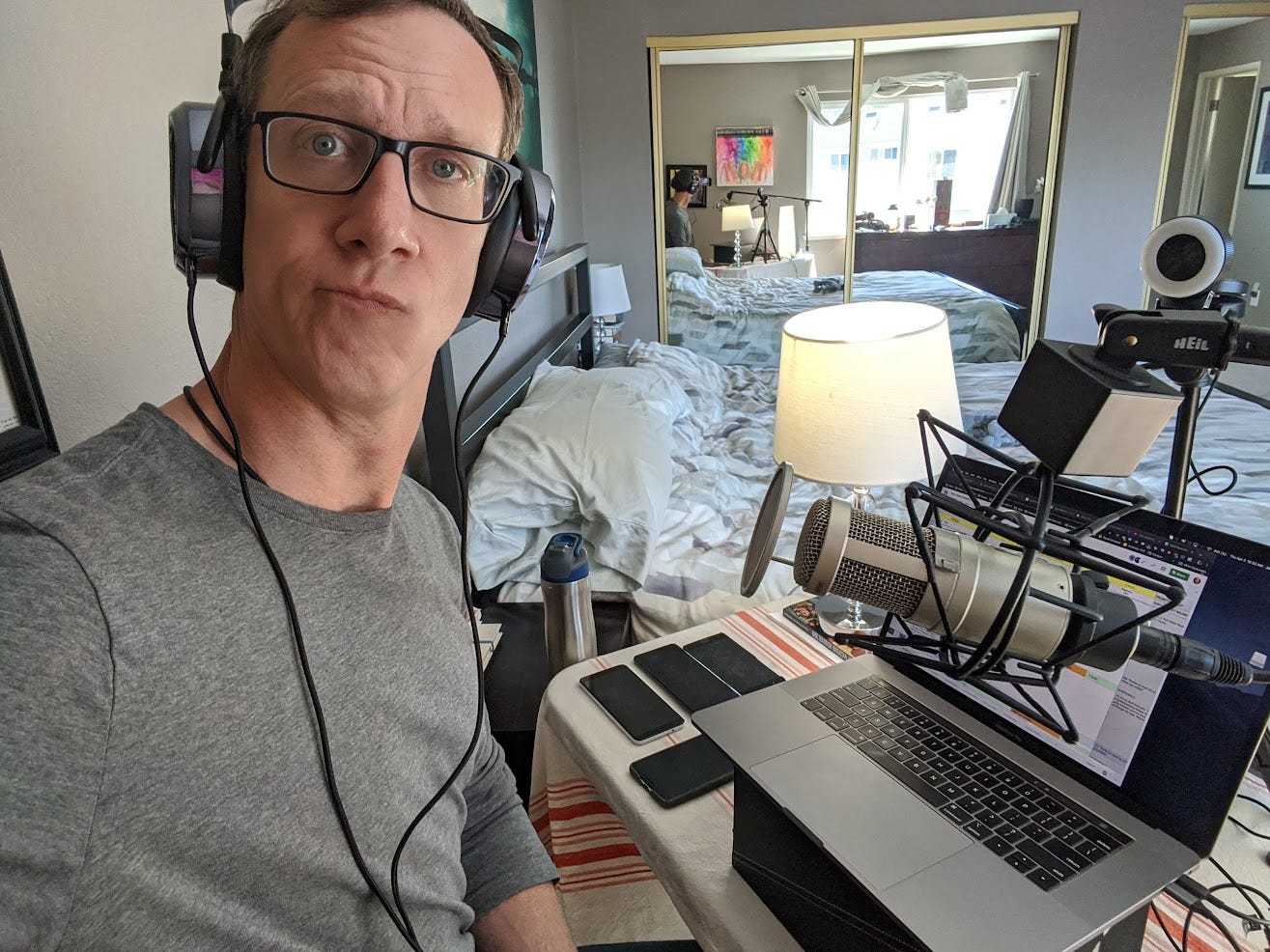
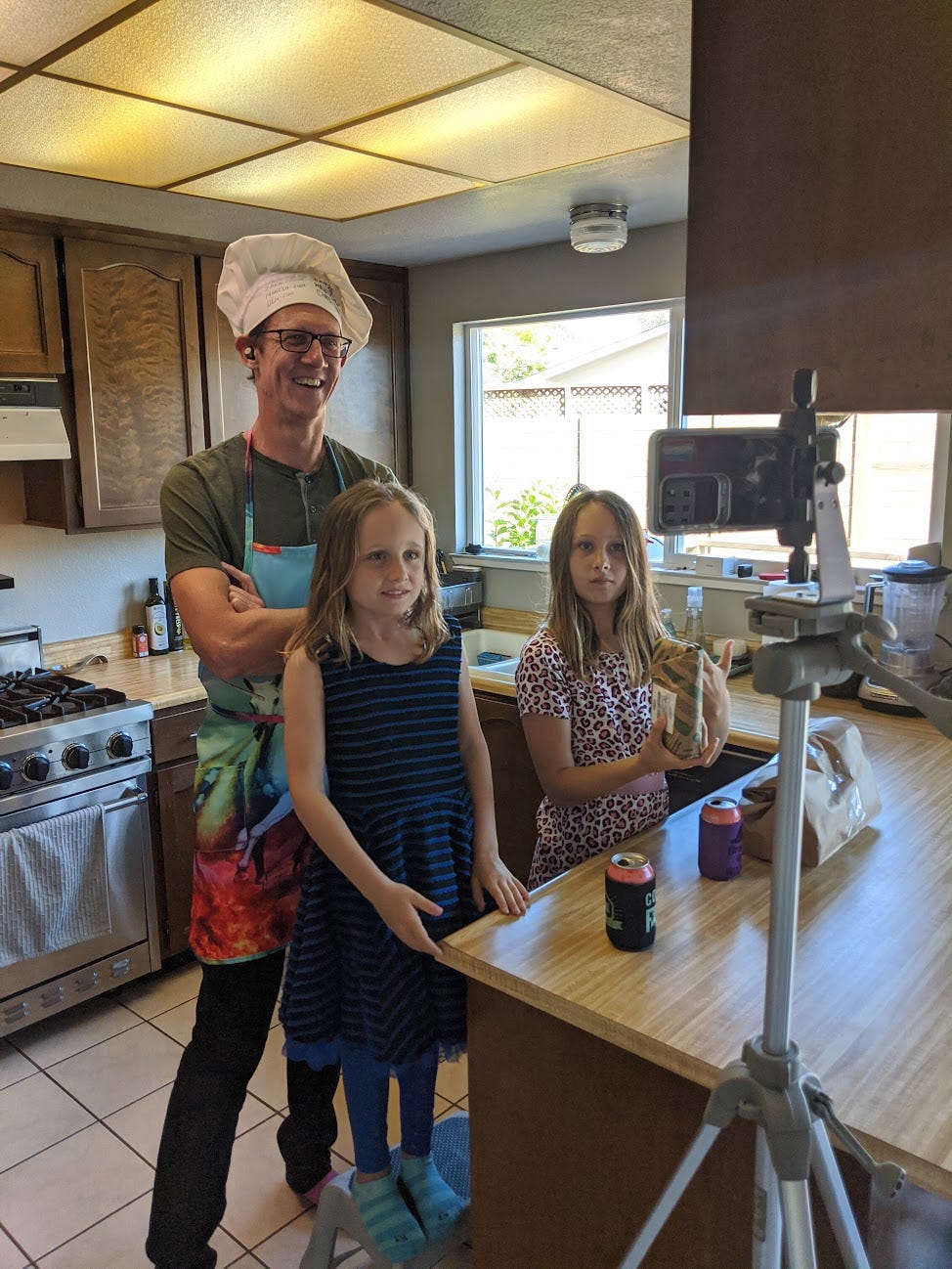
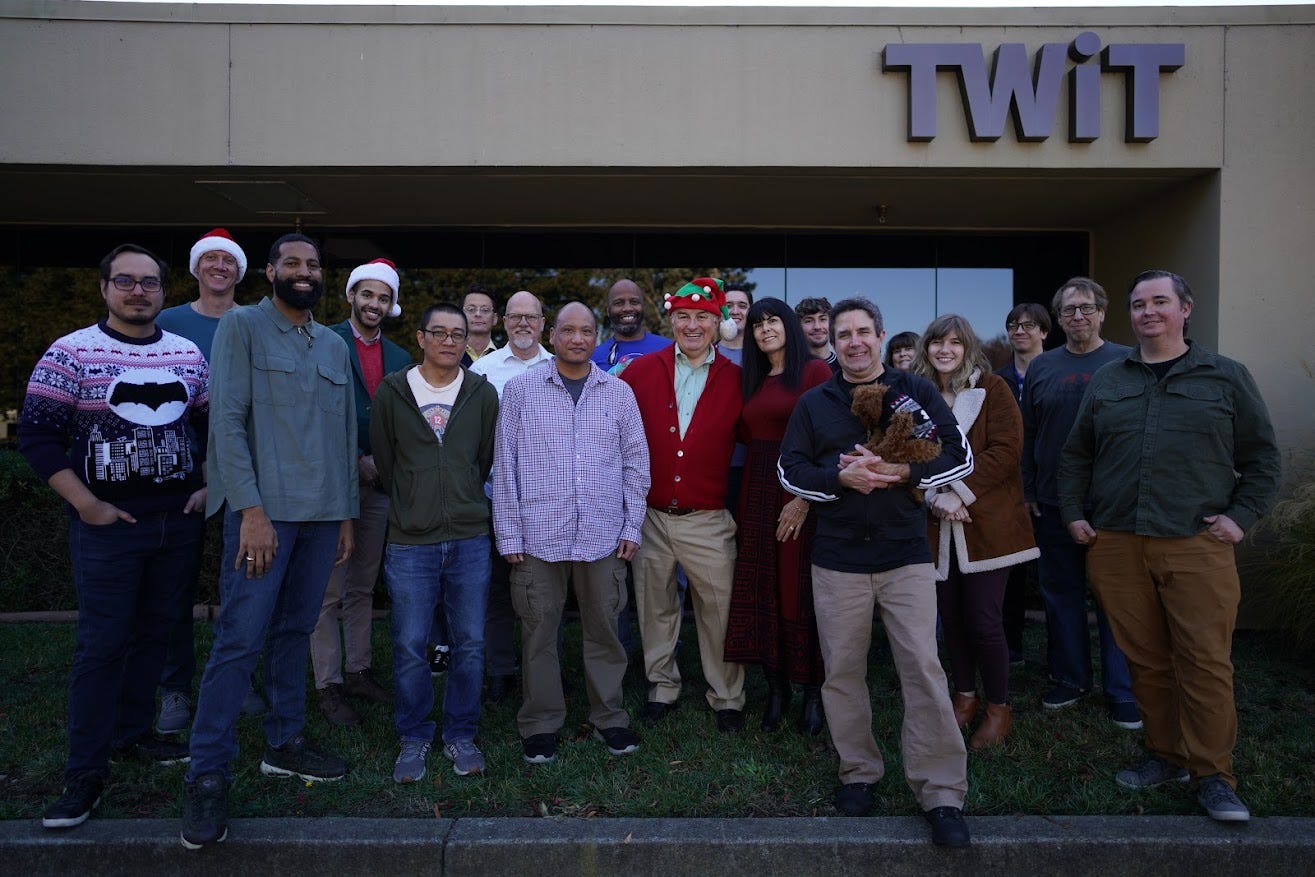
Nice trip down memory lane. I feel lucky that I was able to visit both the original cottage and the brick house (even watched you guys do an episode of TNT).
This is wonderful, my friend.